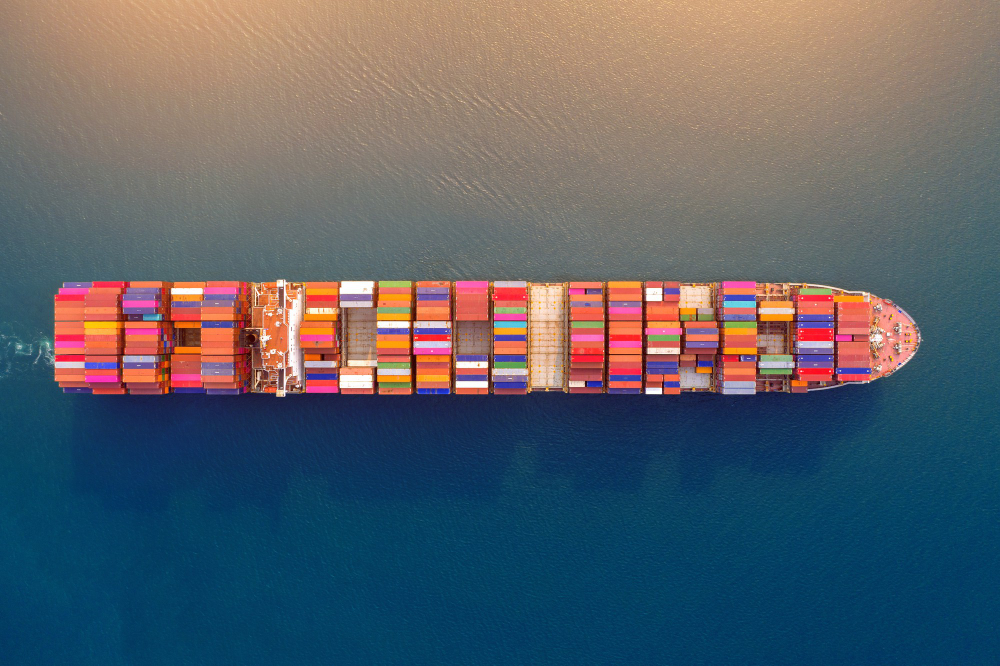When it comes to shipping large and heavy items like decks (whether for construction, outdoor furniture, or prefabricated structures), proper planning and execution are crucial. Deck shipment involves transporting bulky materials such as wood, composite decking, or pre-built deck sections from manufacturers to job sites or retail locations.
Given the size and weight of these shipments, logistics play a vital role in ensuring that materials arrive undamaged and on time. This guide will cover everything you need to know about deck shipment, including:
- Types of deck shipments
- Challenges in shipping decks
- Best practices for safe transportation
- Choosing the right shipping method
- Cost considerations
By the end of this article, you’ll have a clear understanding of how to optimize deck shipments for efficiency, safety, and cost-effectiveness.
1. Understanding Different Types of Deck Shipments
Not all deck shipments are the same. The type of materials being transported, the distance, and the final destination all influence how the shipment should be handled. Here are the most common types of deck shipments:
A. Raw Materials Shipment
This includes lumber, composite decking boards, screws, and other construction materials. These are usually shipped in bundles or pallets and require proper strapping and weather protection.
B. Prefabricated Deck Sections
Some manufacturers offer pre-built deck modules that are assembled off-site and then transported. These require careful handling due to their size and weight.
C. Outdoor Deck Furniture Shipment
If you’re shipping pre-built deck furniture (such as patio sets, pergolas, or railings), packaging must prevent scratches, dents, and moisture damage.
D. International vs. Domestic Shipment
- Domestic shipments (within the same country) are simpler in terms of regulations.
- International shipments require compliance with customs, import/export laws, and possible fumigation for wood products.
2. Key Challenges in Deck Shipment
Shipping decks isn’t as simple as loading a truck and sending it off. Several challenges must be addressed:
A. Size and Weight Considerations
- Decking materials are often long (up to 20 feet) and heavy.
- Oversized loads may require special permits for road transport.
B. Risk of Damage
- Moisture damage: Wood can warp if exposed to rain.
- Physical damage: Improper handling can cause cracks, dents, or breaks.
- UV exposure: Some composite materials degrade under prolonged sunlight.
C. Logistics and Delivery Scheduling
- Coordinating with freight carriers to ensure timely delivery.
- Unloading large shipments may require forklifts or cranes.
D. Regulatory Compliance
- Some states/countries have restrictions on treated lumber.
- International shipments may need phytosanitary certificates for wood products.
3. Best Practices for Safe and Efficient Deck Shipment
To minimize risks and ensure smooth delivery, follow these best practices:
A. Proper Packaging & Securing Materials
- Use pallets for bundled decking boards to prevent shifting.
- Wrap with waterproof covers (plastic or tarpaulin) to protect against rain.
- Use edge protectors to prevent splintering.
B. Choosing the Right Shipping Method
| Shipping Method | Best For | Pros | Cons |
|---|---|---|---|
| Flatbed Truck | Large lumber, prefab decks | Handles oversized loads | Exposed to weather |
| Enclosed Trailer | High-value, finished decks | Weatherproof | More expensive |
| LTL (Less Than Truckload) | Small to medium shipments | Cost-effective | Longer transit times |
| Freight Rail | Bulk international shipments | Cheaper for long distances | Limited accessibility |
C. Insurance & Liability Coverage
- Always insure high-value shipments against damage or loss.
- Verify carrier liability policies before booking.
D. Tracking & Communication
- Use GPS-enabled freight tracking for real-time updates.
- Notify the recipient in advance for smooth unloading.
4. How to Choose the Right Shipping Provider
Not all freight companies are equipped to handle deck shipments efficiently. Consider these factors when selecting a provider:
A. Experience with Oversized Loads
- Look for carriers with a history of transporting construction materials.
B. Equipment Availability
- Do they offer flatbeds, enclosed trailers, or specialized lifting equipment?
C. Customer Reviews & Reliability
- Check online reviews and ask for references.
D. Cost vs. Service Quality
- The cheapest option isn’t always the best—balance affordability with reliability.
5. Cost Factors in Deck Shipment
Shipping costs depend on multiple variables:
A. Distance & Destination
- Local deliveries are cheaper than cross-country or international shipments.
B. Weight & Dimensions
- Heavy and oversized loads incur higher fees.
C. Shipping Speed
- Expedited shipping costs more than standard transit.
D. Additional Services
- White-glove delivery (unloading & placement) adds to costs.
Tip: Compare quotes from multiple carriers to get the best deal.
6. Future Trends in Deck Shipment
The logistics industry is evolving, and deck shipment is no exception. Emerging trends include:
A. Sustainable Shipping Options
- Eco-friendly packaging materials.
- Carbon-neutral freight services.
B. Digital Freight Marketplaces
- Online platforms for instant freight quotes and bookings.
C. Automation & AI in Logistics
- AI-powered route optimization for faster deliveries.
- Automated loading/unloading systems.
Conclusion
Deck shipment requires careful planning to ensure materials arrive safely and on schedule. By understanding the different types of shipments, potential challenges, and best practices, you can streamline the process and avoid costly mistakes.

